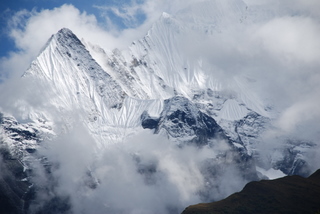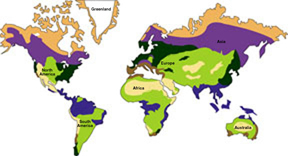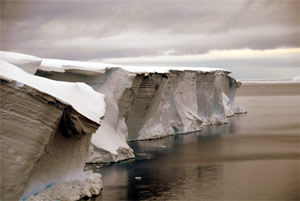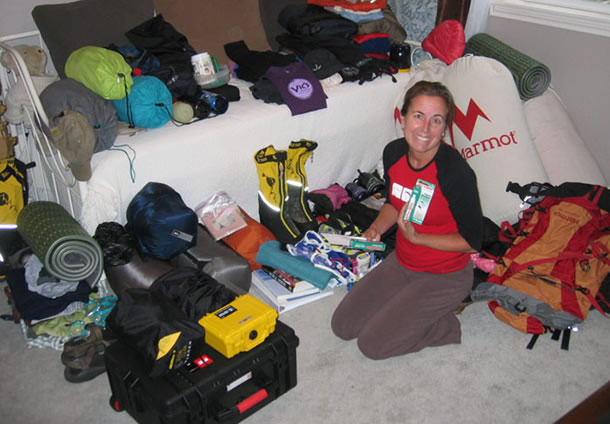
Image Courtesy of Brad Clement | ||||
| ||||
You might also be interested in:

Traveling Nitrogen Classroom Activity Kit
Check out our online store - minerals, fossils, books, activities, jewelry, and household items!...more
Climate Changes with Latitude
Latitude determines the amount of sunlight received. The amount of sunlight and the amount of moisture received determines the ecosystem or biome. Listed below are the types of ecosystems that exist in...more
Oxygen
Oxygen is a chemical element with an atomic number of 8 (it has eight protons in its nucleus). Oxygen forms a chemical compound (O2) of two atoms which is a colorless gas at normal temperatures and pressures....more
Glaciers and Ice Sheets
For a glacier to develop, the amount of snow that falls must be more than the amount of snow that melts each year. This means that glaciers are only found in places where a large amount of snow falls each...more
The Cryosphere
The cryosphere includes the parts of the Earth system where water is in its frozen (solid) form. This includes snow, sea ice, icebergs, ice shelves, glaciers, ice sheets, and permafrost soils. Approximately...more
Our Trek From Kathmandu to Humde
Hi, this is Brad writing from Humde, Nepal on the 14th of September. We left Kathmandu five days ago, and it has been a busy five days! From Kathmandu we drove north to the town of Besi Sahar, and from...more
Brad Clement
I am the owner of Spindrift Films and a freelance producer and camera operator specializing in high altitude mountaineering and wilderness adventure subject matter. I have traveled to some of the most...more
Packing for the Expedition
It is the night before we leave for Kathmandu, Nepal. Can you believe we will leave Denver, Colorado on Friday and land in Kathmandu on Sunday? It takes a long time to fly there, but also we will be crossing...morePlease log in
Science Blogs
Real Climate: climate science from climate scientists

Windows to the Universe, a project of the National Earth Science Teachers Association, is sponsored in part is sponsored in part through grants from federal agencies (NASA and NOAA), and partnerships with affiliated organizations, including the American Geophysical Union, the Howard Hughes Medical Institute, the Earth System Information Partnership, the American Meteorological Society, the National Center for Science Education, and TERC. The American Geophysical Union and the American Geosciences Institute are Windows to the Universe Founding Partners. NESTA welcomes new Institutional Affiliates in support of our ongoing programs, as well as collaborations on new projects. Contact NESTA for more information.




